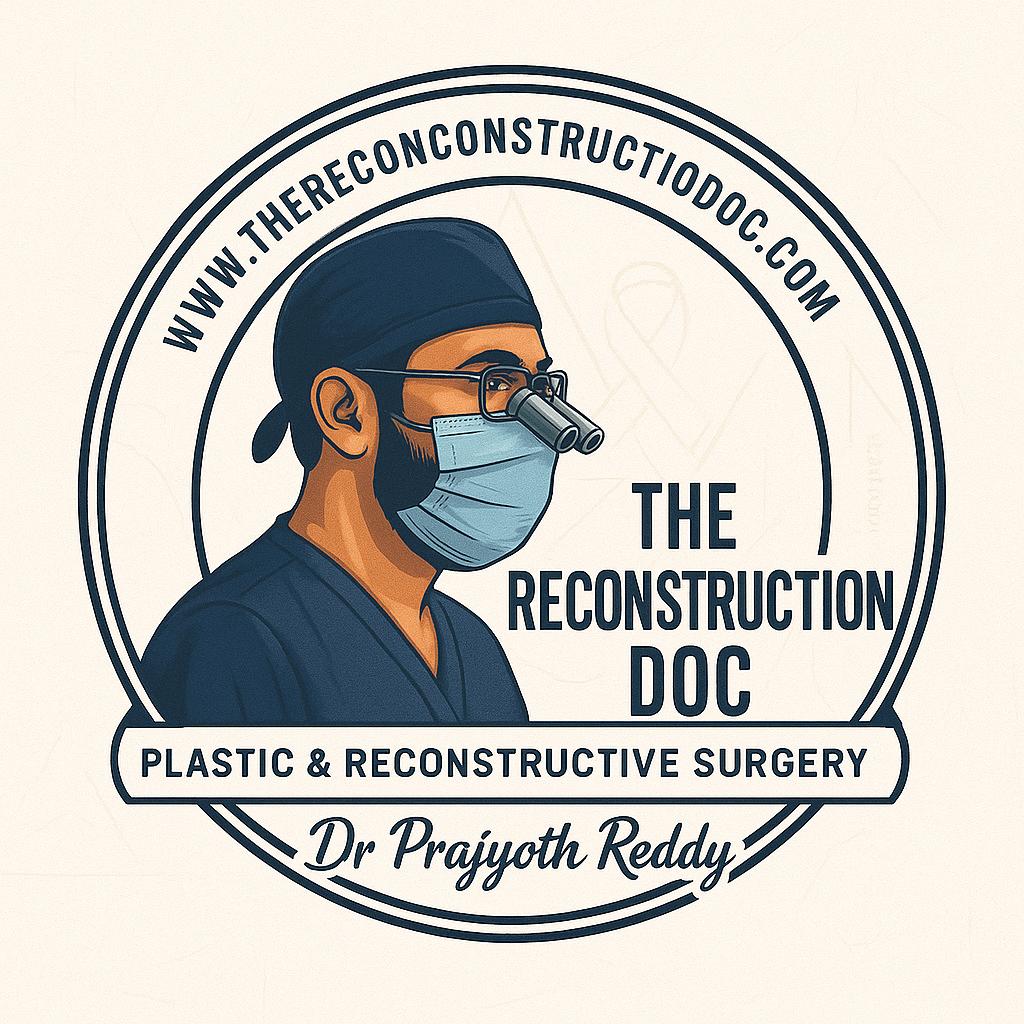Extremity Reconstruction
- Home
- Extremity Reconstruction
About Extremity Reconstruction
“Saving limbs. Restoring function. Giving life back to mobility.”
What is Extremity Reconstruction?
Extremity reconstruction refers to surgeries that restore form and function to the arms or legs
after:
- Cancer surgery (bone or soft tissue tumors)
- Severe trauma or accidents
- Infections or failed previous surgeries
- Congenital (birth) defects It aims to cover wounds, rebuild bone, preserve limb function, and — when possible — avoid amputation.
Techniques Used in Extremity Reconstruction
1. Local Flaps
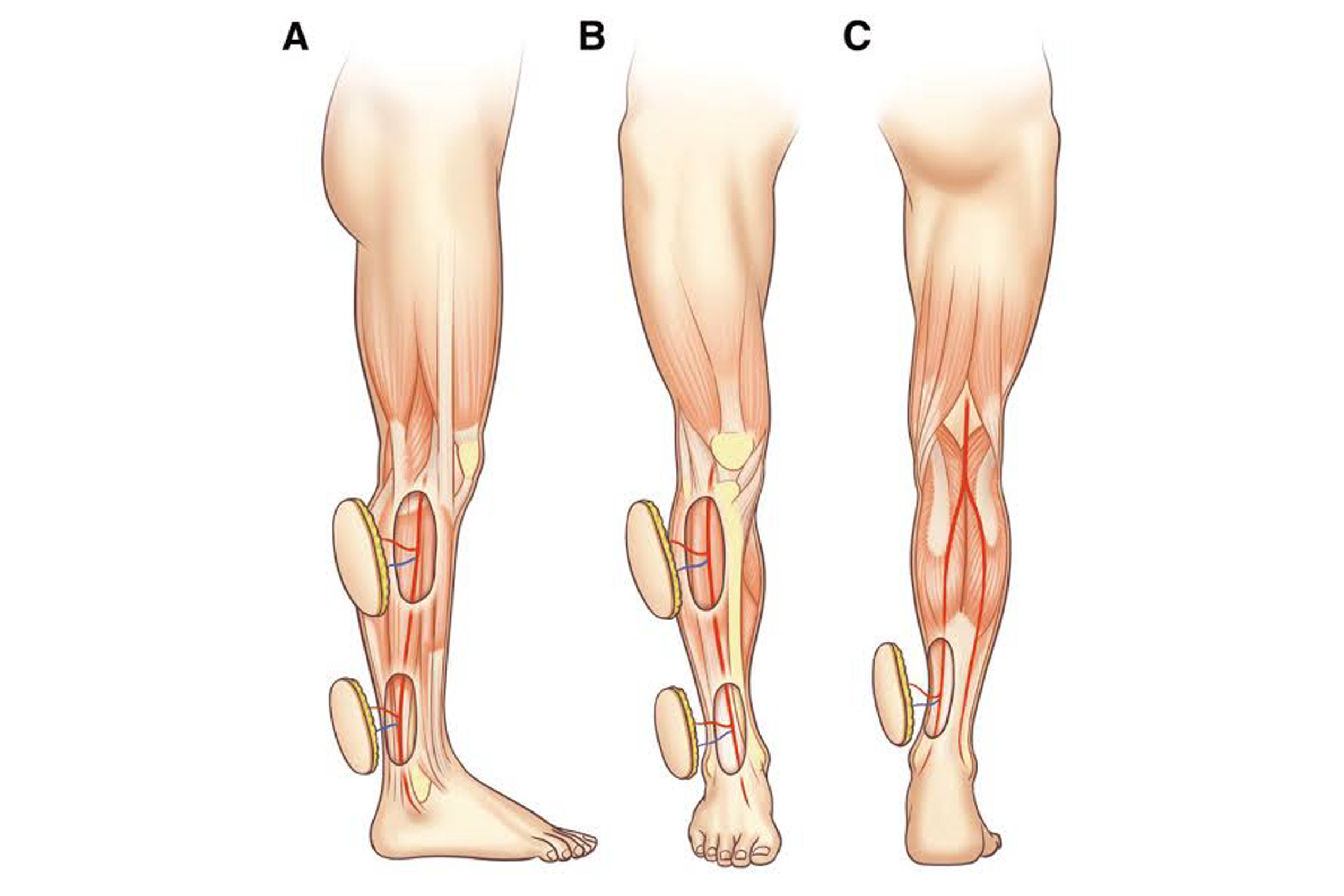
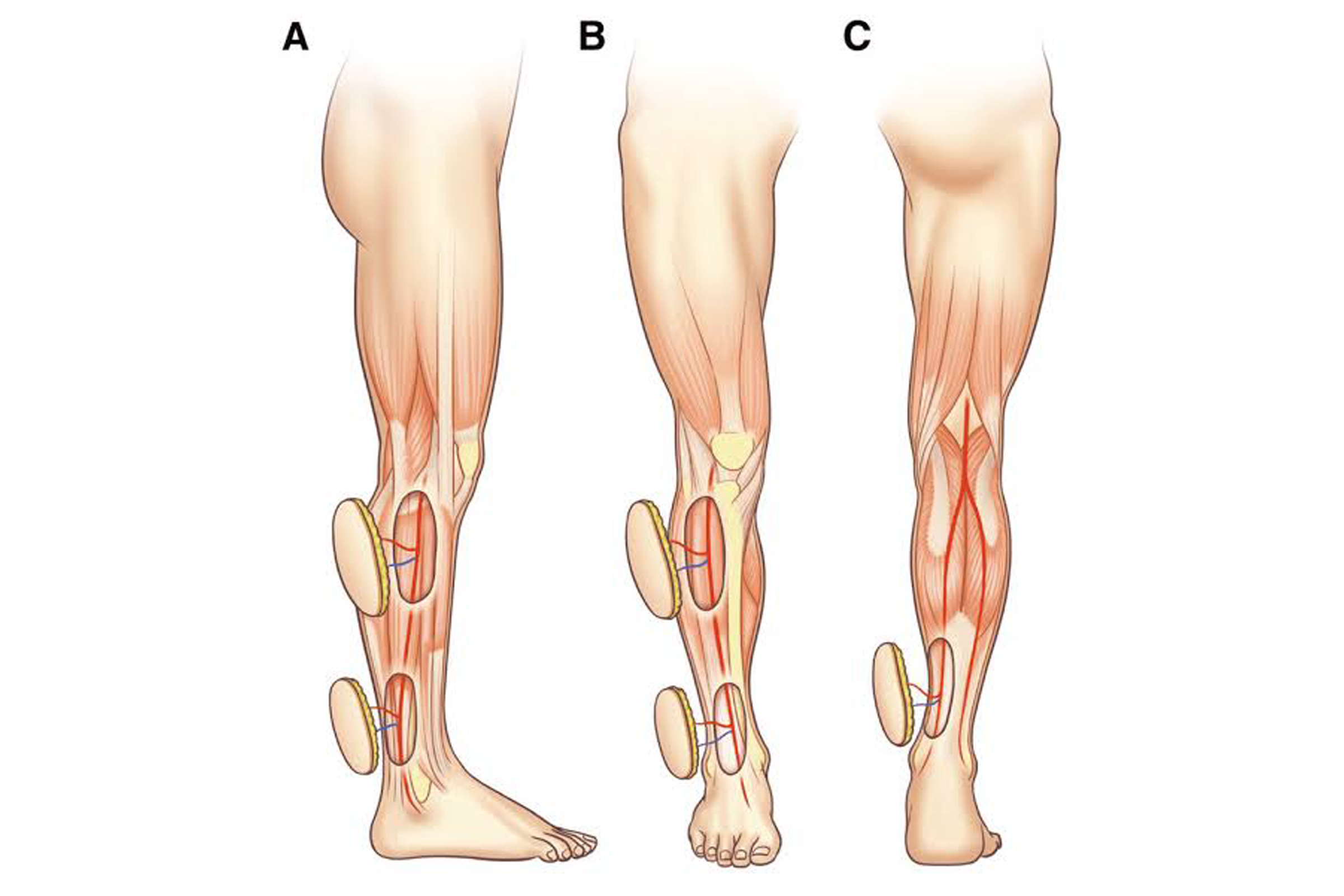
Tissue moved from nearby areas without cutting the blood supply.
- Used for small to medium wounds near the defect
- Involves rotating or sliding skin, muscle, or fascia from adjacent areas.
- Advantages: Simple, safe, preserves limb
- Best for: Soft tissue coverage after trauma or tumor removal
2. Free Flaps
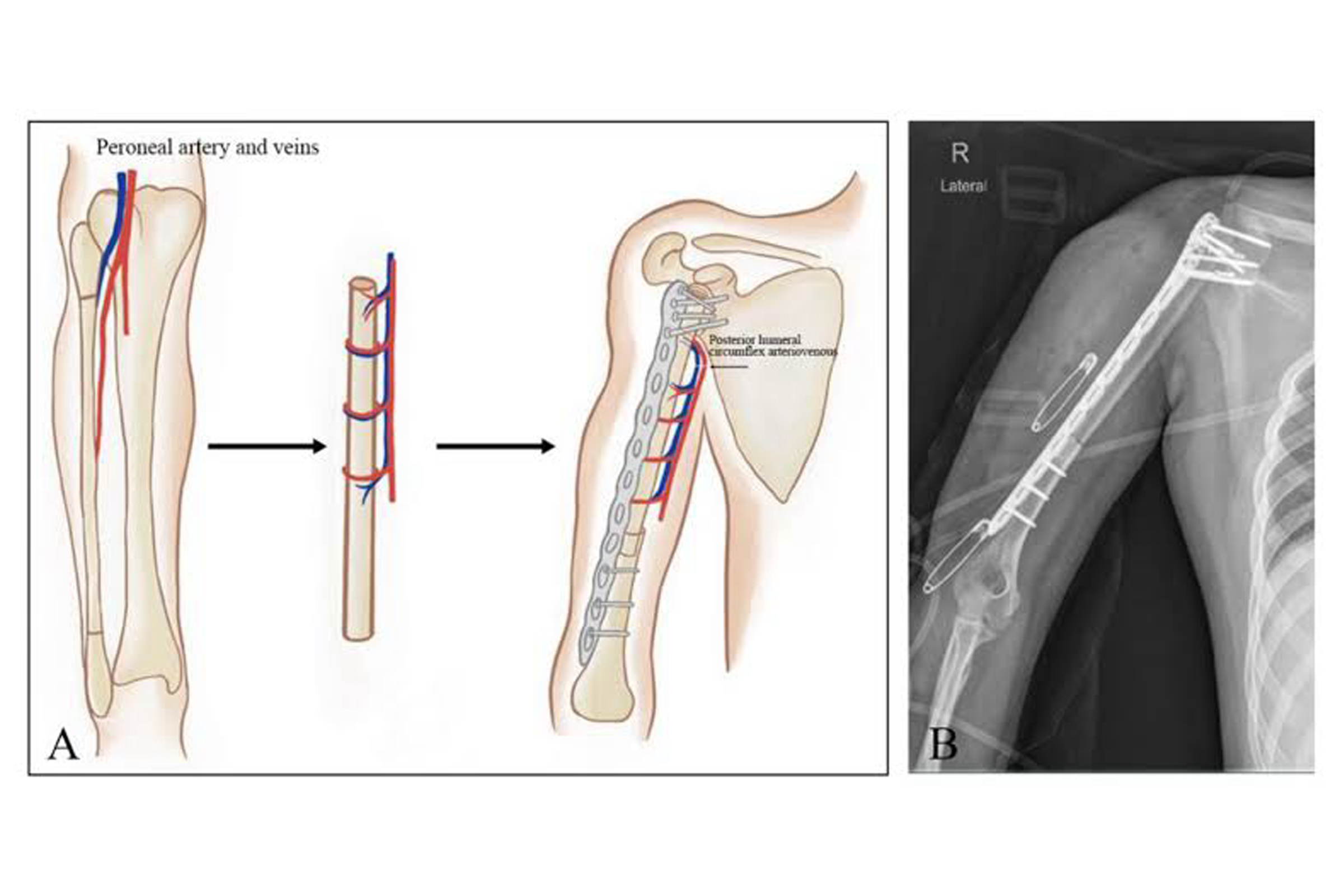
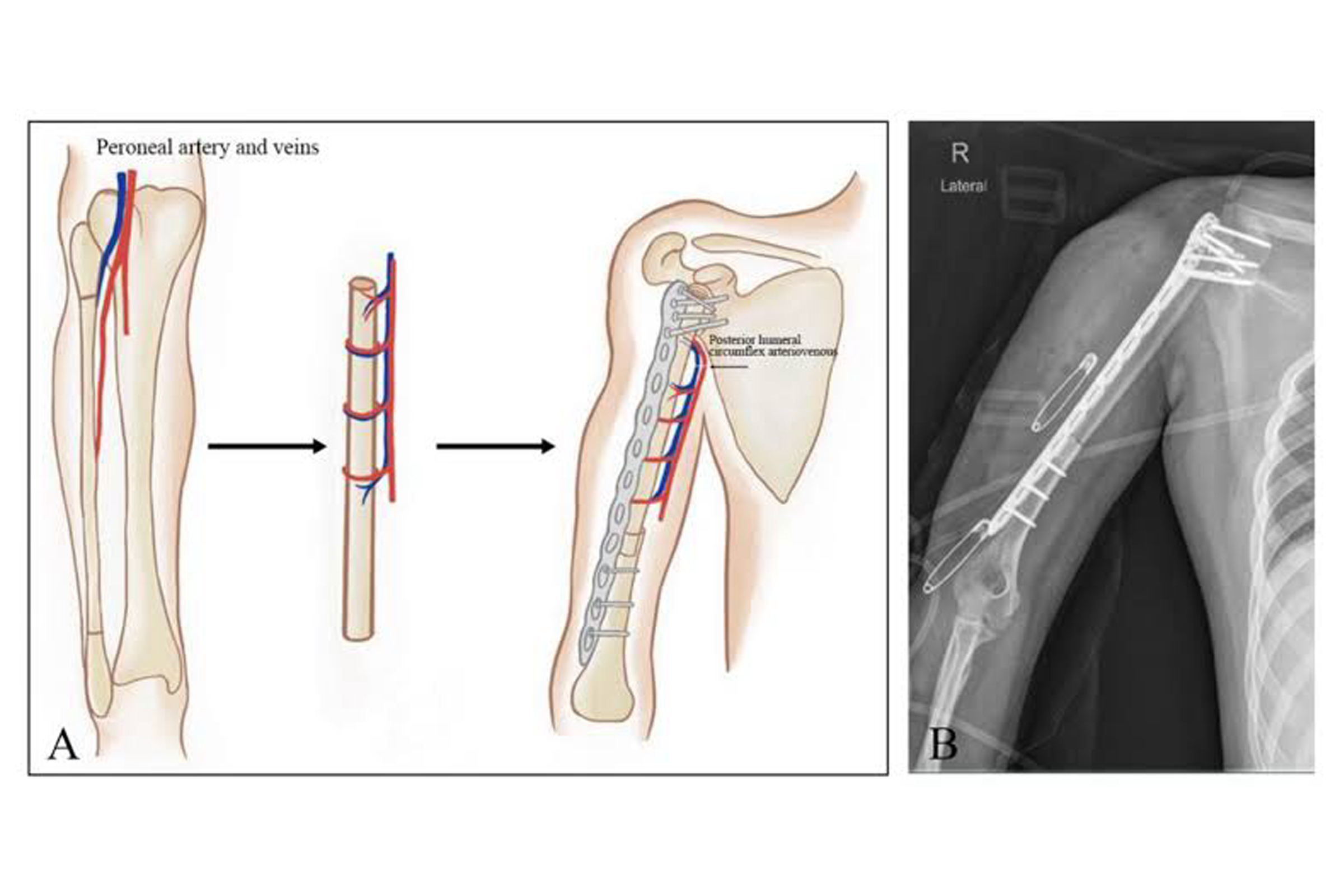
Tissue (with its blood vessels) is taken from another part of the body and reconnected using microsurgery.
- Common donor sites: thigh (ALT flap), back (LD flap), forearm (Radial
forearm flap) - Used for large, complex defects involving skin, muscle, or bone
- Advantages: Versatile, reliable, restores both function & appearance
- Best for: Major limb salvage, exposed bone/tendons, deep wounds
3. Capanna Technique
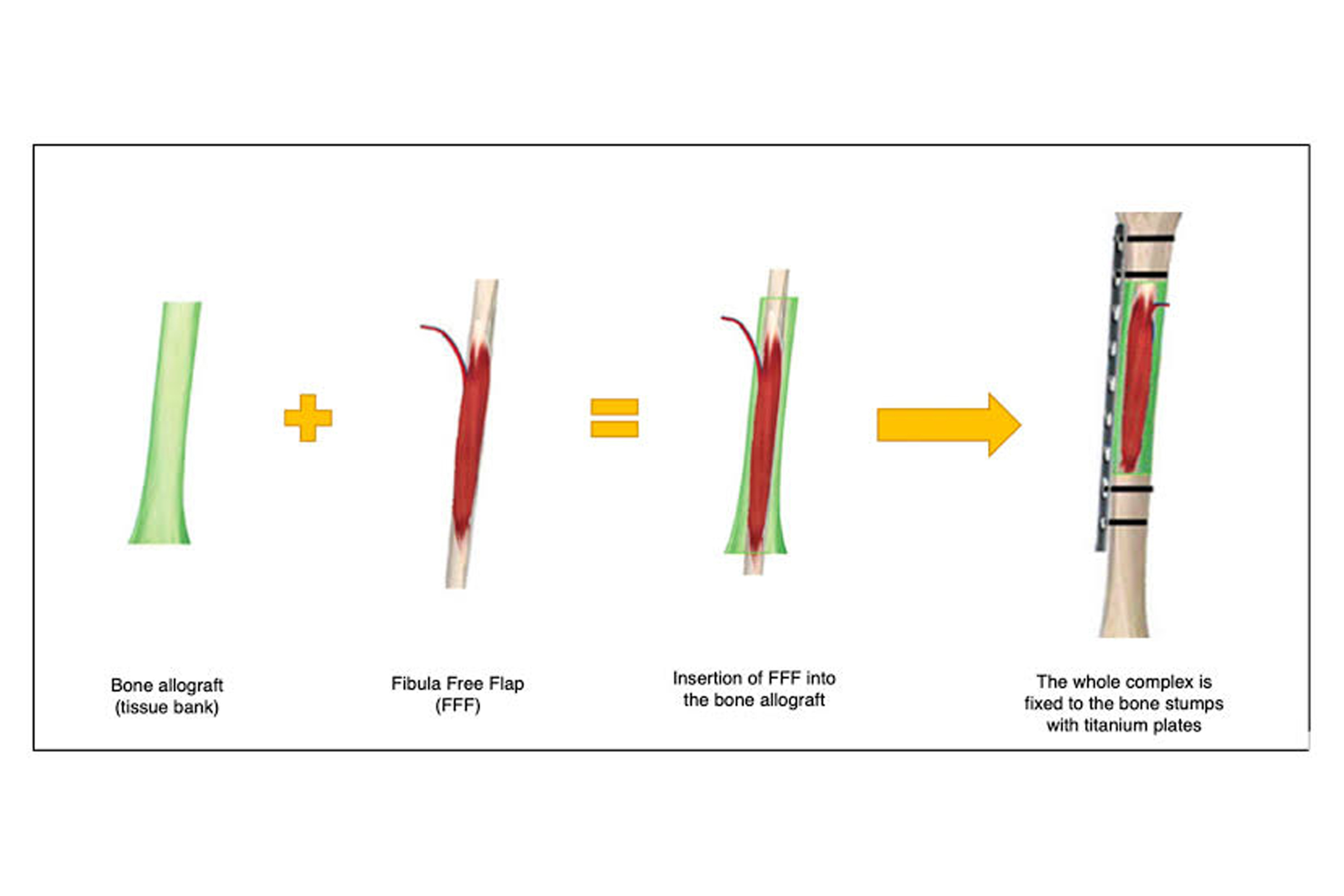
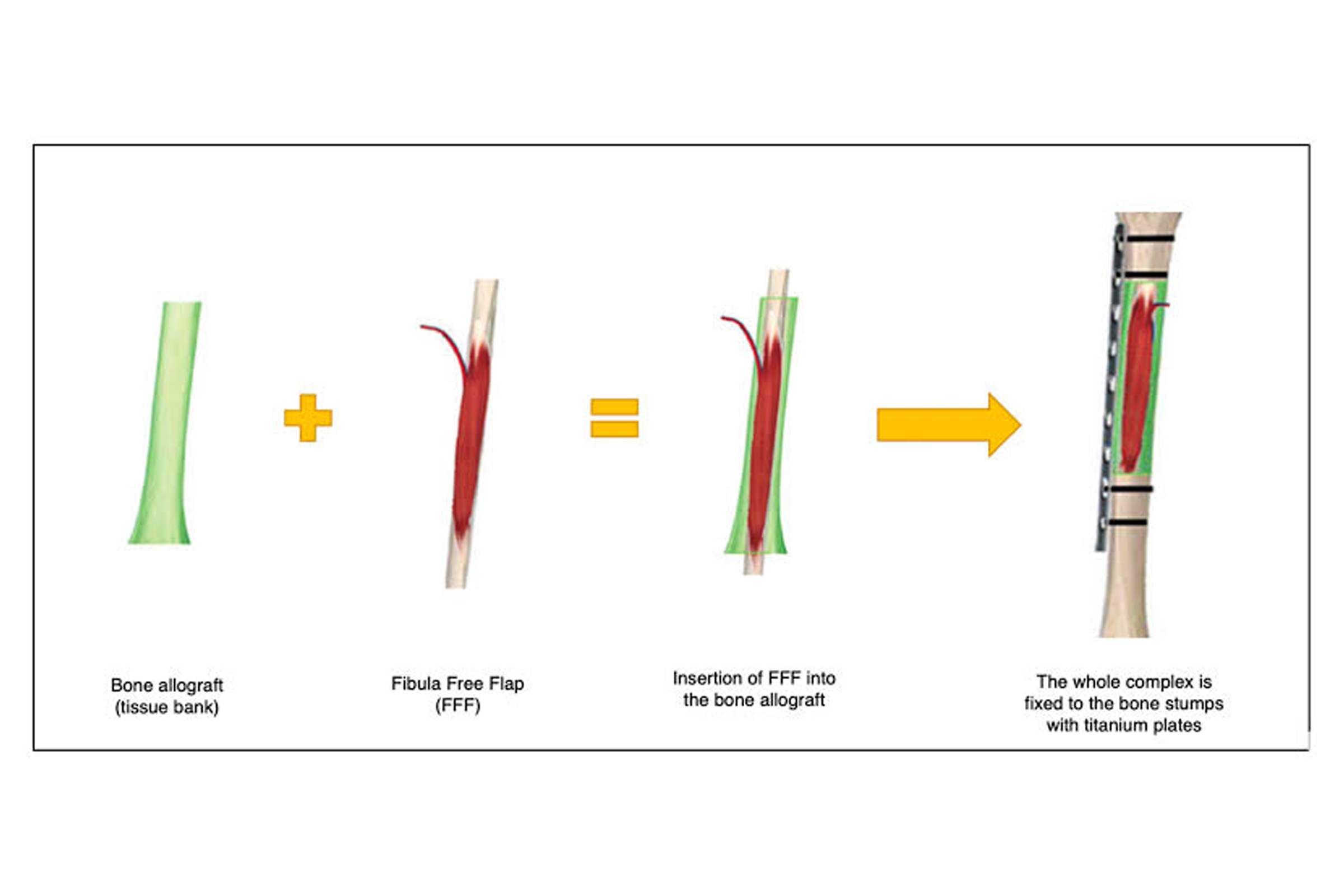
Advanced limb salvage technique combining:
- A vascularized fibula flap (live bone with its own blood supply)
- A massive allograft (donated dead bone to fill the gap)
- The live fibula strengthens and grows inside the dead bone shell over time.
- Advantages: Reconstructs large bone defects (>10–12 cm)
- Best for: Long bone reconstruction in the arm or leg after tumor removal
Why Is This Important?
Without proper reconstruction, patients may face:
- Amputation
- Chronic wounds or infection
- Loss of mobility or independence
These techniques help patients:
- Walk again
- Use their hands/arms
- Live independently
- Return to work or school
Recovery & Rehabilitation
- Hospital stay depends on the technique used
- Physical therapy is essential for regaining strength and mobility
- Most patients can return to daily activities over time with support
Final Word:
Extremity reconstruction is more than saving a limb — it’s about restoring hope, dignity, and independence. With modern techniques like free flaps and the Capanna technique, limb salvage is now possible even in complex cases.
Get In Touch
Schedule a consultation, ask questions, or explore our expert reconstructive surgery services and compassionate care.
